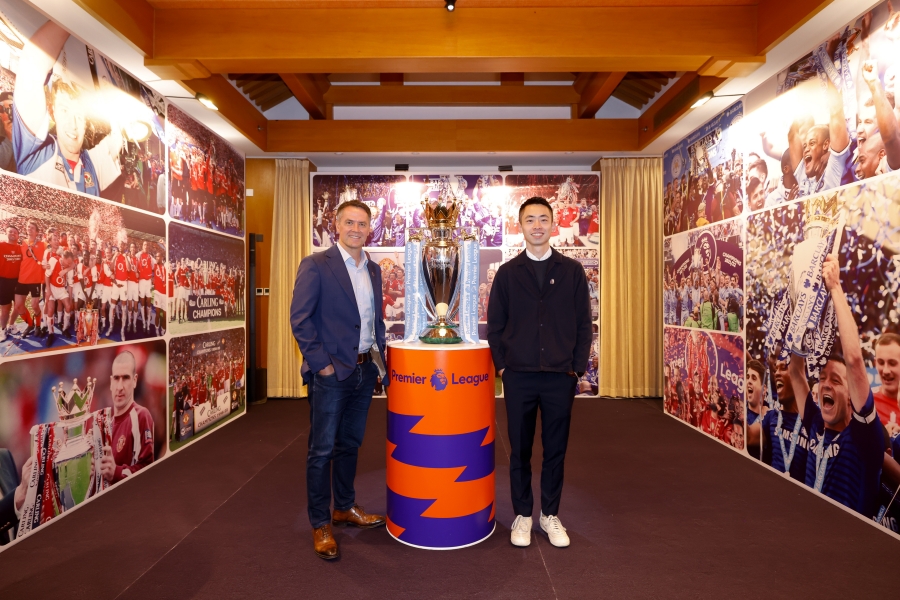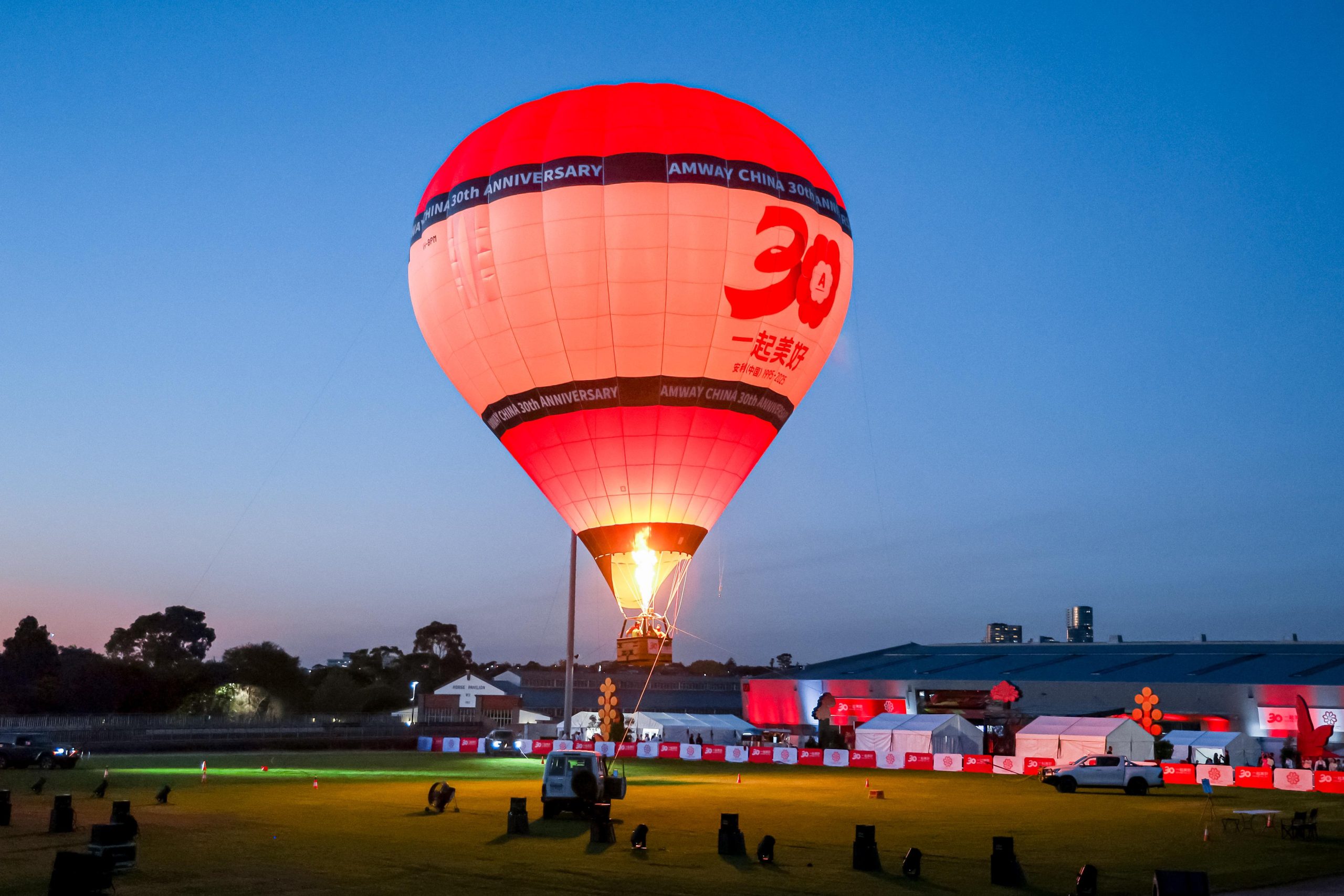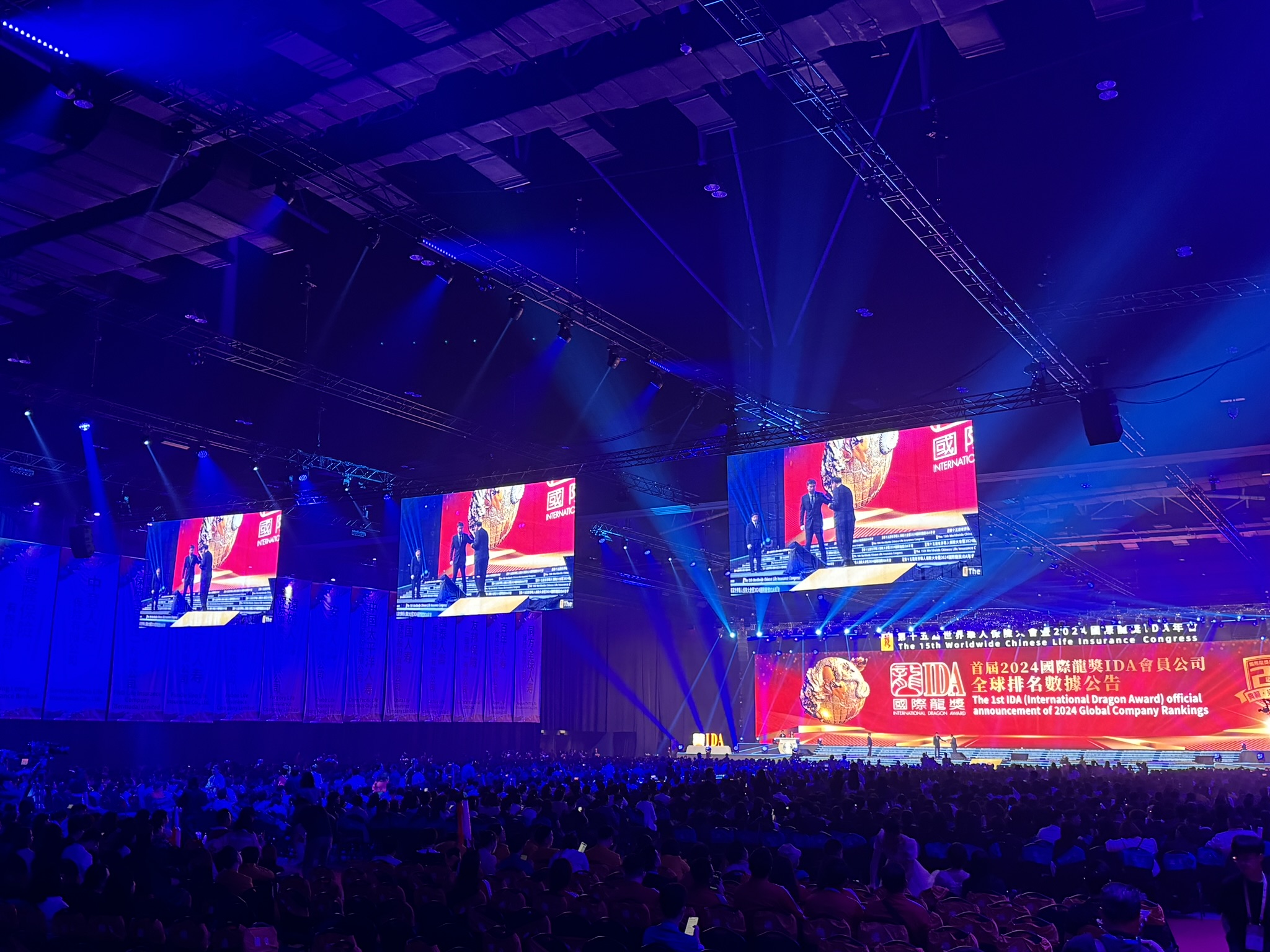The mobile phone has become the multipurpose tool of our time. Beyond the bamboozling functionality, its myriad practical applications range from calling home atop an isolated mountain peak to swapping sarcastic SMS messages during a dull conference call. But the one utility event planners fear most is the mobile phone as an escape mechanism.
We have all done it: excused ourselves from a boring break-time conversation to make “an urgent call” or spent a coffee break pretending to email colleagues and avoid being asked our opinion of the preceding session. While delegates believe this to be a fool-proof ploy, it is actually very transparent. In a crowded room, spotting the mobile phone fakers is simple.
For event managers, this raises a key vulnerability for any gathering – how to ensure your guests are relaxed, stimulated and motivated to mix and mingle. This is a particular challenge at the beginning of an event, with a large assembly of unfamiliar faces converging on a single a room; and towards the end, when “conference fatigue” starts to set in and minds turn to preparing the feedback report promised to the boss.

A critical function of any conference or meeting is to keep delegates tuned in and responsive. This can require meticulous pre-planning to minimise the possibility of those awkward and embarrassing “silent” moments, or having delegates huddled in small clusters of people they already know.
At such times, event managers can only dream of the big budgets, penchant for drama and sheer chutzpah of Rena Sindi. The flamboyant New York socialite throws the Big Apple’s most lavish costume-themed parties – and calls in all her extensive connections, party tricks and gift for going the extra mile to ensure guests fully immerse themselves in the ambience.
During the Versace-hosted launch for her book, Be My Guest; Theme Party Savior-Faire, costumed guests could receive face paintings and sip Schieffelin & Somerset-supplied champagne. As the distinguished author signed book copies, those present were bathed in gold paillettes thrown by masked sentries from the balcony. Masked characters then rang gongs to announce dinner, served by a masked wait staff on tables set with transparent glitter bowls, floating candles and white orchids. A superstar DJ, champion bodybuilder and dancing girls provided the post-dinner entertainment.
While the extravagant décor and deluxe distractions spoke loudly of decadence, excess and high-society inclusion, the planning techniques were solid. The aim, after all, was to ensure that all guests were stimulated, entertained and – crucially – included. After all, whatever the event, people don’t attend – or companies don’t send their staff – to events to stare disinterestedly at the floor, avoid the gaze of people who are keen to speak with them, or hide behind the smart technology of their mobile phone.
Of course, part of the planning process is to assess the levels of cultural and professional relativity and applicability – successful tactics for enhancing party ambience in New York may not work in a Beijing conference hall or Bombay boardroom. In addition, it is recognised that some delegates are better natural networkers than others, and that every event attracts some guests who prefer the shield of relative anonymity. Considering these factors, balancing a mix of personalities to optimise networking opportunities is a tricky challenge.
Increasingly, event managers are encouraging delegates to begin participating in an event before it begins. Modern interactive technology can be used to create a pre-event buzz, enabling the distribution direct to delegates’ desktops of advance mailings, delegate and exhibitor listings and snapshots from keynote speakers. Keeping delegates informed beforehand can help them relax when they arrive at the event – and can provide instant reference points to cut the ice during those awkward first on-site moments.
Hi-Tech and Hand-held Networking
Pre-event appointment planning was at the heart of the business model for the inaugural Asia Luxury Travel Market (ALTM) held in Shanghai last June, and which will return 16-19 June 2008. Designed to function as an exclusive networking club, ALTM is Asia-Pacific’s first trade show dedicated to the luxury travel industry. The invitation-only, three-day event was “developed to be a marketplace, not an exhibition,” says Serge Dive, co-founder of ALTM. “We wanted one buyer per each exhibitor, and for everyone attending to have a minimum of 42 appointments.”
The 2007 event – a spin-off from the annual International Luxury Travel Market held in Cannes – featured 300 invited luxury travel buyers from across Asia and 300 upscale exhibitors from around the globe and delivering optimum networking value for both buyers and sellers was critical.
ALTM partnered with Amlink Technologies to create a pre-show appointment system allowing buyers and sellers to study online the profiles of companies they wanted to meet, and set up timed appointments during the show. Strict conditions were enforced by the ALTM organisers to ensure that pre-scheduled meetings were honoured by both parties. “The success of the show is reflected in the number of pre-scheduled appointments,” says Jay Martens, ALTM event director. “Ten thousand appointments took place over the three days of the event.”
To facilitate ad-hoc networking opportunities, hand-held Spotme devices were distributed to delegates. These could be used as a customised PDA, with users able to organise and manage their on-site event agenda and meetings schedule and to instantly message each other and set up meetings. The device even had an built-in radar function, alerting delegates when someone they wanted to meet was close by. “We don’t sell exhibition space,” says Dive. “We sell the availability and time of key luxury travel executives, and so for buyers and sellers to return next year there must be a clear return on investment. That’s why we spent so much time investing in our pre-event appointments and Spotme technologies.”
Beyond the Comfort Zone
A contrasting approach to networking is offered by UK-based USP Business Development. Its mentally rigorous Impact Leadership & Teambuilding programme starts from a psychological understanding that often people choose only to involve themselves with things that make them feel comfortable, whereas mentally and physically they are capable of contributing much more if they challenge and re-programme their own self understanding.
Promising “48 intense hours of no ropes, no abseiling and no climbing, but rigorous team-building all the same”, including militaristic discipline, surname-only familiarity and confinement to a residential location for two days, USP’s programme is designed to inspire, motivate and empower individuals within a close-knit team environment.
The concept was founded by Sue McCauley, whose career has evolved from establishing bakeries in petrol station convenience stores, to marketing a Swiss fire and security alarms business in Hong Kong and China, and working as a leadership consultant in both the private and public sectors. USP’s guarantee, McCauley says, is “cutting-edge transformational leadership training from a psychological foundation. It is focused on improving behaviour, attitude and performance, in order to create a fully formed team over two days.”
For 48 tough hours, there is no hiding place – delegates must interact and engage at all times. The meticulously crafted course of physical, psychological and team-working challenges is delivered in a no-nonsense atmosphere to ensure delegates stretch themselves beyond their own comfort zones.
Throughout the two days, regular feedback is provided, with the constant verbal challenge, to both individuals and the group as a whole, of “Are you allowing yourself to be just good enough?” At the end, team members are sworn from passing on details of programme’s content.
Having tested the programme rigorously with mixed groups of professional people and sixth-form students, McCauley was unsure whether it could be applied for in-house company teams. “I was hugely concerned as to whether the programme would work for people that know each other, and I anguished long and hard, analysing every minute,” she says. “I made some changes, but the results are always powerful, and now we are also building a second programme.”
The USP challenge has been taken up by wide spectrum of delegates, including police chief superintendents, a former special forces brigadier, chief executives, actors, teachers, lawyers and students, says McCauley. As one attendee from Royal Bank of Scotland confirms, the psychological and emotional engagement aspects can be challenging: “The course takes you outside your comfort zone. There will be times when you want to be anywhere else, but you have to immerse yourself. It is very tough but extremely rewarding.”
"Companies don’t send their staff to events to stare disinterestedly at the floor, avoid the gaze of people who are keen to speak with them, or hide behind the smart technology of their mobile phone."
“The meticulously crafted course delivered in a no-nonsense atmosphere to ensure delegates stretch themselves beyond their own comfort zones”
Top Tips: how to create a network-friendly atmosphere
• Print large name badges, rather than using pinned-on business-card holders, and have your own check-in staff wear their badges at chest height as a best-practice example. Confidently approaching someone by using their name is a universally effective icebreaker, even if you only read it on their name badge.
• Work the room. Event hosts and PR specialists should roam the on-site fringes to ensure that less-confident guests are conversationally engaged and introduced to other delegates.
• Cartoonists and portrait artists can add levity and focus to a break-out session, and provide guests with a souvenir to take back to the office.
• Invite conference speakers to stay around to mingle after a talk. Their presence at an end-of-day cocktail session offers an opportunity for guests to ask questions, make contacts and seek informal advice.
• Pay attention to dinner seating plans to create a more network-friendly setting. If you have media guests, avoid clustering them on a press table. Instead, disperse garrulous journalists around the room – they can help keep conversations flowing.
• If an event is hosted in a museum, heritage building or site of historic or architectural interest, organise a short break-time tour. Some hotels, such as the Ritz-Carlton Millennia in Singapore, even offer podcast tours of their art installations. This adds value and diversity to the event experience.
• Use the business cards collected at check-in for a surprise lottery draw. But rather than a grand drawing at the end, have small mini draws during each break to keep delegates interested throughout.
• Place break-time coffee tables and food stands in the middle of a room – so everyone must cross paths to reach them. Don’t make it easy for people to cling to the safer edges of a room.
• Use music and light together to inspire delegates’ responses, and create different atmospheres. Mood and lighting can encourage different moods and reactions, both in formal and relaxed settings.
• Don’t limit feedback forms to scoring and commenting upon speakers and presenters. Ask delegates for their thoughts on how break and networking sessions could be enhanced.
The Magic Touch
In the packed Yi Café in Xi’an, Thomas Chan, Shangri-La Hotels’ Malaysian-born corporate magician asked: “Where are you from?” Seeking to confound the trick, I dishonestly replied: “The United States.” He feigned a grimace, replying “Oh, I thought you were from Europe.” Theatrically, he tapped my arm a second time. “Now open your hand,” he said. The one yuan coin he had deposited into my palm a few seconds earlier was now a US dollar. “I thought you’d have wanted a Euro,” he laughed.
Guests at adjacent tables were laughing wholeheartedly, and the genial magician was liberally summoned to perform new tricks for them. After each one, duped diners turned and smiled to fellow victims – seeking inclusive solace and shared disbelief. Within a short time, Chan had electrified the entire dining room through the element of surprise – and created a rich source of that valuable event commodity: ad-hoc talking points.
Chan developed a passion for magic as a teenager, and went on to become a three-time Asian card champion, a stand-in for Chow Yun-Fat in the movie God of Gamblers and a gambling consultant in Las Vegas. He now travels to Shangri-La hotels worldwide to perform “close-up” magic tricks at conference dinners, gala events, and during seminar session breaks.
Entertaining small groups around a dinner table or in a break-out room requires Chan to get closer to his audience and interact with them. “A stage magician requires 70 percent presentation and 30 percent skill, while a ‘close-up’ one needs 70 percent skill and 30 percent presentation,” he says.


